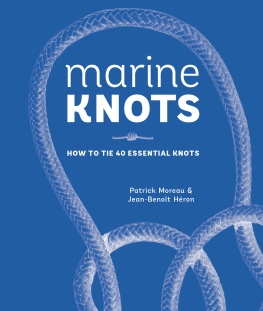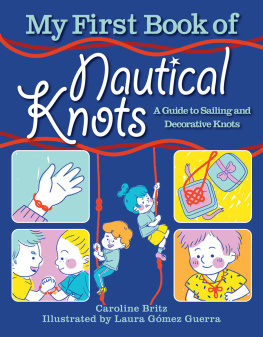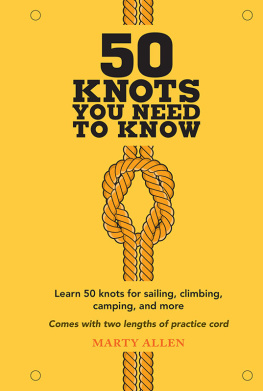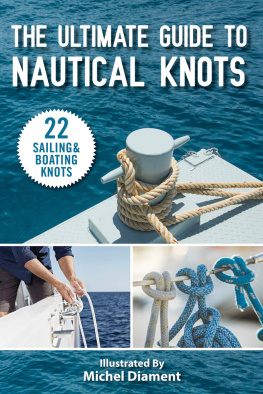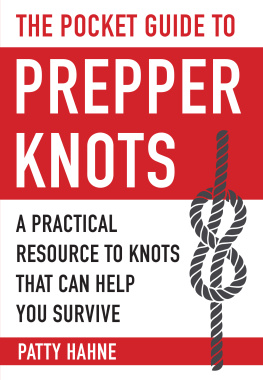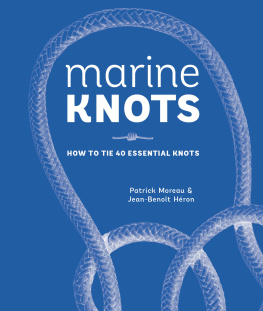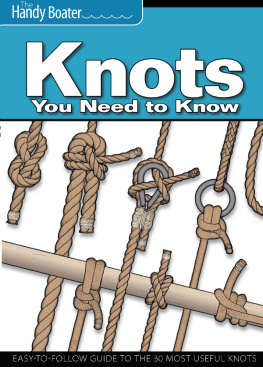Patrick Moreau - Marine Knots: How to Tie 40 Essential Knots: Waterproof Cover and Detachable Rope
Here you can read online Patrick Moreau - Marine Knots: How to Tie 40 Essential Knots: Waterproof Cover and Detachable Rope full text of the book (entire story) in english for free. Download pdf and epub, get meaning, cover and reviews about this ebook. year: 2018, publisher: Harper Design, genre: Home and family. Description of the work, (preface) as well as reviews are available. Best literature library LitArk.com created for fans of good reading and offers a wide selection of genres:
Romance novel
Science fiction
Adventure
Detective
Science
History
Home and family
Prose
Art
Politics
Computer
Non-fiction
Religion
Business
Children
Humor
Choose a favorite category and find really read worthwhile books. Enjoy immersion in the world of imagination, feel the emotions of the characters or learn something new for yourself, make an fascinating discovery.
- Book:Marine Knots: How to Tie 40 Essential Knots: Waterproof Cover and Detachable Rope
- Author:
- Publisher:Harper Design
- Genre:
- Year:2018
- Rating:4 / 5
- Favourites:Add to favourites
- Your mark:
Marine Knots: How to Tie 40 Essential Knots: Waterproof Cover and Detachable Rope: summary, description and annotation
We offer to read an annotation, description, summary or preface (depends on what the author of the book "Marine Knots: How to Tie 40 Essential Knots: Waterproof Cover and Detachable Rope" wrote himself). If you haven't found the necessary information about the book — write in the comments, we will try to find it.
Waterproof Cover and Detachable Practice Rope
Packed with helpful step-by-step instructions and beautifully detailed illustrations, Marine Knots includes forty different knots every water sportspersonincluding sailors, motor boat enthusiasts, waterskiers, paddle boarders, kayakers, canoers, and more need to practice their craft or hobby safely and confidently. With Marine Knots, youll learn how to tie a variety of common knots, including:
Stopper Knots
Hitch Knots
Lashing Knots
Eyes or Closed Loops
Bend Knots
Longitudinal Tension Knots
Whipping Knots
Symbolic Knots
*Marine Knots
- comes with a convenient practice rope to help you perfect each knot and a handy plastic waterproof binding so you can stash it on board without worrying about the weatheror a rogue wave. The spiral binding allows the book to stay open for easy practice whether youre out on a lake, at sea, or in the backyard or living room. For everyone who loves spending time on the water, Marine Knots is a reliable, portable, and invaluable guideand the perfect accessory for popular water activities.
Patrick Moreau: author's other books
Who wrote Marine Knots: How to Tie 40 Essential Knots: Waterproof Cover and Detachable Rope? Find out the surname, the name of the author of the book and a list of all author's works by series.

